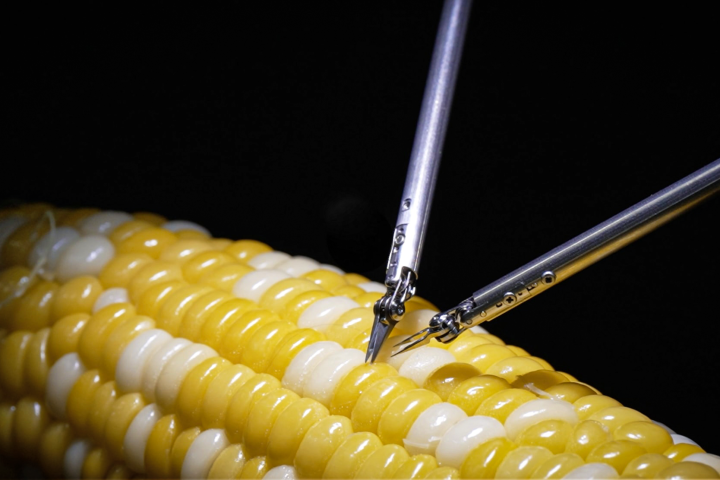The golden ratio describes a rectangle with a length roughly one and a half times its width. Also known as the golden section, golden mean and divine proportion, among other names, it has intrigued mathematicians and artists alike for centuries. The Egyptians supposedly used it to guide the construction the Pyramids, the architecture of ancient Athens is thought to have been based on it, and many artists have fashioned their works around it. This includes Leonardo da Vinci, who used it in the Mona Lisa and the Vitruvian Man. Now a Duke University scientist believes he has figured out the secret behind the golden ratio’s popularity – and it’s all down to evolution.
Adrian Bejan, professor of mechanical engineering at Duke's Pratt School of Engineering says the reason the golden ratio is thought to be the most aesthetically pleasing geometric proportion is because the eye is able to scan an image the fastest when it is shaped as a golden-ratio rectangle.
"When you look at what so many people have been drawing and building, you see these proportions everywhere," Bejan said. "It is well known that the eyes take in information more efficiently when they scan side-to-side, as opposed to up and down."
In 1996 Bejan developed his Constructal Law, which basically says that every finite-size (flow) system is destined to remain imperfect and the best that can be done is to optimally distribute the imperfections of the system. It is this optimal distribution of imperfection that generates the geometry or shape of the system. The theory says that flowing systems – from airways in the lungs to the formation of river deltas – evolve in time so that they flow more easily. Bejan believes that this same theory can be applied to the natural design that connects vision and cognition and thus explains the popularity of the golden ratio.
Bejan argues that the world – whether it is a human looking at a painting or a gazelle on the open plain scanning the horizon – is basically oriented on the horizontal. For the gazelle, danger primarily comes from the sides or from behind, not from above or below, so their scope of vision evolved to go side-to-side. As vision developed, he argues, the animals got "smarter" by seeing better and moving faster and more safely.
"As animals developed organs for vision, they minimized the danger from ahead and the sides," Bejan said. "This has made the overall flow of animals on earth safer and more efficient. The flow of animal mass develops for itself flow channels that are efficient and conducive to survival – straighter, with fewer obstacles and predators."
For Bejan, vision and cognition evolved together and are one and the same design as locomotion. The increased efficiency of information flowing from the world through the eyes to the brain corresponds with the transmission of this information through the branching architecture of nerves and the brain.
"Cognition is the name of the constructal evolution of the brain's architecture, every minute and every moment," Bejan said. "This is the phenomenon of thinking, knowing, and then thinking again more efficiently. Getting smarter is the constructal law in action."
In numerous papers and books over past decade, Bejan has demonstrated that the constructal law predicts a wide range of flow system designs seen in nature, from biology and geophysics to social dynamics and technology evolution. Its latest application to explain the mystery of the golden ratio appears in the International Journal of Design & Nature and Ecodynamics.







